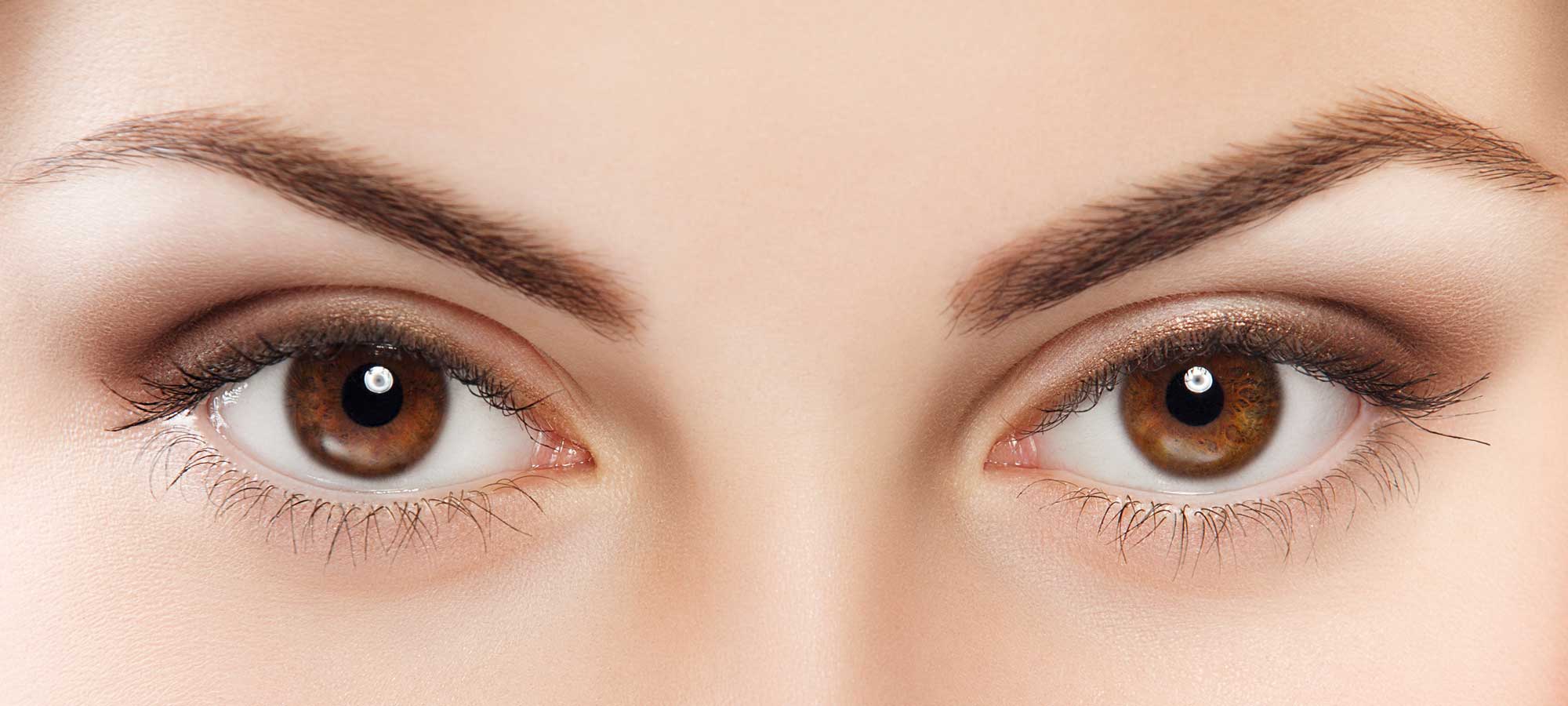What is wet AMD?
Neovascular age related macular disease (or wet AMD) is an abnormality in the blood vessels growing under the retina. Typically wet AMD refers to blood vessels that leak fluid or blood into the macula. This in turn causes the vision to deteriorate. The macula is the part of your retina where the vision is the keenest and is located in the center of your retina.
If you have been diagnosed with wet AMD, the most common treatment requires an injection in the eyeball. However frightening this may sound it is the best treatment to control this chronic disease. Doctors will of course make the injection as painless and efficient as possible but it is important to remember that without the treatment there is a very real possibility of losing your vision. Eye injections are done on a regular basis and there are safety procedure in preparing the eye. The treatment is done in clinics so there is no need for a patient to visit the operating room.
A more common and less sever condition that can also lead to disease of the macula is dry AMD. People with this condition do not require any injections, but most wet AMD begins as dry AMD, therefore it is important to have regular checkups to make sure your condition does not worsen.
7 things you should know about wet AMD
1. Early detection is important
There is no cure currently for either types of AMD, however with early detection you can usually treat wet AMD to help preserve as much of your vision as possible, in some rare cases it can even improve your vision.
2. Three drugs are typically used for the injections
One of these is usually injected to help control the bleeding and swelling that appears in your eye’s retina: bevacizumab (Avastin), ranibizumab (Lucentis), or aflibercept (Eylea).
3. The eye is numbed and cleaned before injection
During the procedure your eye will firstly be numbed with anesthesia to minimize discomfort, and for safety reasons. Next your eye will be cleaned with a special soap to avoid any risk of infection from the injection itself. The injection takes a couple of seconds, and most people only feel a little pressure and pinch since the eye is already numb. Finally the soap is washed out of your eye and you are ready to go home.
4. Injections tend to be performed monthly
Typically, doctors give injections once a month at their offices. Some patients who respond well to their medication may have fewer injections. Currently, there are a lot of research studies being conducted to alleviate the burden of monthly visits and injections and to find longer acting slow-release systems.
5. While there is no known direct cause of AMD there are several risk factors
These include the following:
- Nutrition and overall health –Smokers have a high risk of developing macular degeneration, as do people with unhealthy diets, cardiovascular disease and high cholesterol levels.
- Genetics — There is a genetic predisposition to develop macular degeneration, but researchers are still studying this factor.
- Age — It’s very unusual to see macular degeneration in people younger than 50.
- Race — AMD is more common among Caucasians.
6. Vitamins and a healthy diet may also help
For patients with a significant degree of dry AMD doctors recommend a regimen of vitamins. Known as AREDS2 vitamins, they contain high levels of antioxidants and zinc that may reduce the risk of advanced AMD. Additionally, a healthy diet rich in green, leafy vegetables and fish is recommended.
7. Your doctor will give you a simple eye test to do at home
The Amsler grid is a test that will monitor whether your disease remains stable or is advancing. You will be given a grid with straight lines with which you can test each eye individually. If the lines look wavy, blurred or are missing, you need to notify your doctor immediately. You can also use straight lines in your home, such as the edges of doors or shelves for this test. The test is important for patients with wet AMD, but possibly even more important for people with dry AMD. It is necessary for patients with dry AMD to check each eye often.
-
3,400 Physicians
-
110,400 Annual surgeries
-
190,400 Annual Inpatient Admissions
-
928,000 Patients



